Denmark Adventure

Tourism Sites
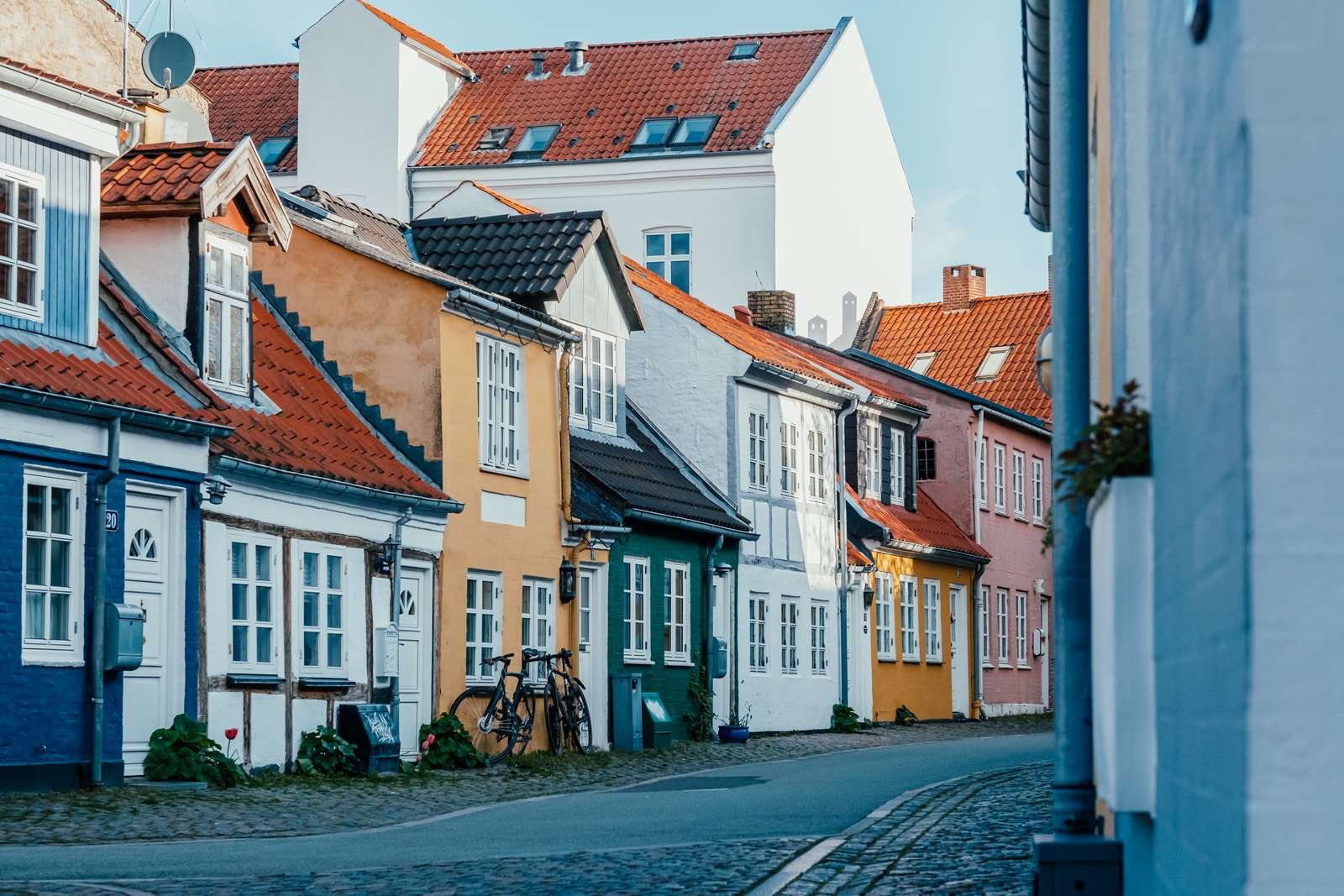
Aalborg
🧠 Fact: : A vibrant city blending Viking history with modern architecture and culture.
💡 Tip: Explore the waterfront district, home to the Utzon Center and Musikkens Hus
Info - Aalborg, North Jutland’s cultural capital, blends Viking heritage with modern energy. The revitalized waterfront features striking architecture like the Utzon Center and Aalborg House of Music. Its medieval old town hides cobblestone streets, half-timbered houses, and 16th-century Jens Bang’s House. Aalborg is known for its lively nightlife and the famous Jomfru Ane Gade — Denmark’s longest street of pubs and clubs. History lovers enjoy the Lindholm Høje Viking burial site nearby. With galleries, waterfront parks, and a thriving food scene, Aalborg balances old-world charm and contemporary cool, making it one of Denmark’s most dynamic cities.
- 📍 Denmark, North Jutland
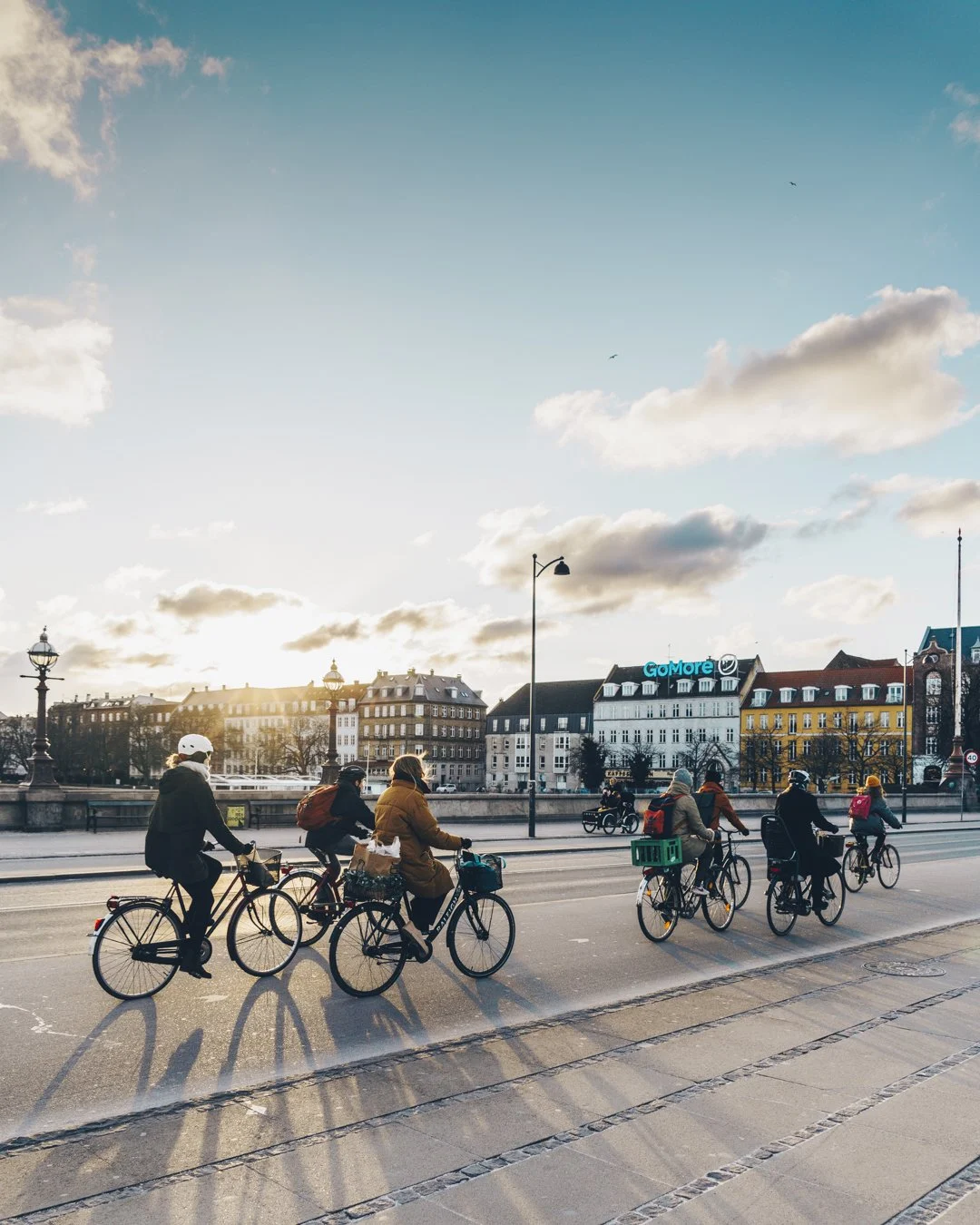
Biking Through the City
🧠 Fact: Copenhagen is one of the world’s most bike-friendly cities with over 390 km of cycle lanes.
💡 Tip: Use city bikes (Bycyklen) for easy rental via app and GPS navigation.
Info - Copenhagen is famously bike-friendly, with more bicycles than cars and over 390 kilometers of dedicated bike lanes. Renting a bike is one of the best ways to explore the city, from waterfront promenades to quiet parks and trendy neighborhoods like Nørrebro and Vesterbro. Key routes include the Cykelslangen (Bicycle Snake) bridge and rides around The Lakes. Cyclists can easily reach major attractions like Nyhavn, Christianshavn, and Rosenborg Castle. With flat terrain, clear signage, and a respectful biking culture, Copenhagen makes urban cycling safe, scenic, and thoroughly enjoyable for visitors of all ages.
- 📍 Denmark, Copenhagen
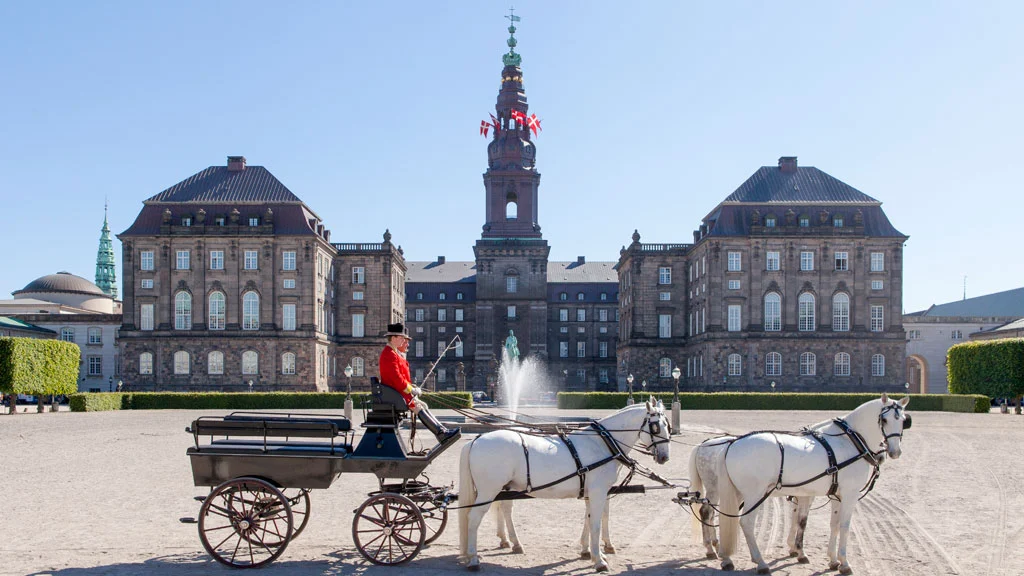
Christiansborg Palace
🧠 Fact: Houses the Danish Parliament, Supreme Court, and Ministry of State.
💡 Tip: The Royal Reception Rooms and tower offer panoramic views of the city.
Info - Christiansborg Palace is a symbol of Danish monarchy and government, located on Slotsholmen Island in Copenhagen. It houses the Danish Parliament, Supreme Court, and Royal Reception Rooms used for official functions. Visitors can explore opulent state apartments, the royal stables, and the medieval ruins beneath the palace. Highlights include the Great Hall with Queen Margrethe II’s tapestries and the panoramic tower offering city views. Christiansborg’s layered history — from Viking stronghold to royal residence — makes it one of Copenhagen’s most fascinating cultural landmarks, reflecting Denmark’s evolution from monarchy to modern constitutional democracy.
- 📍 Denmark, Copenhagen
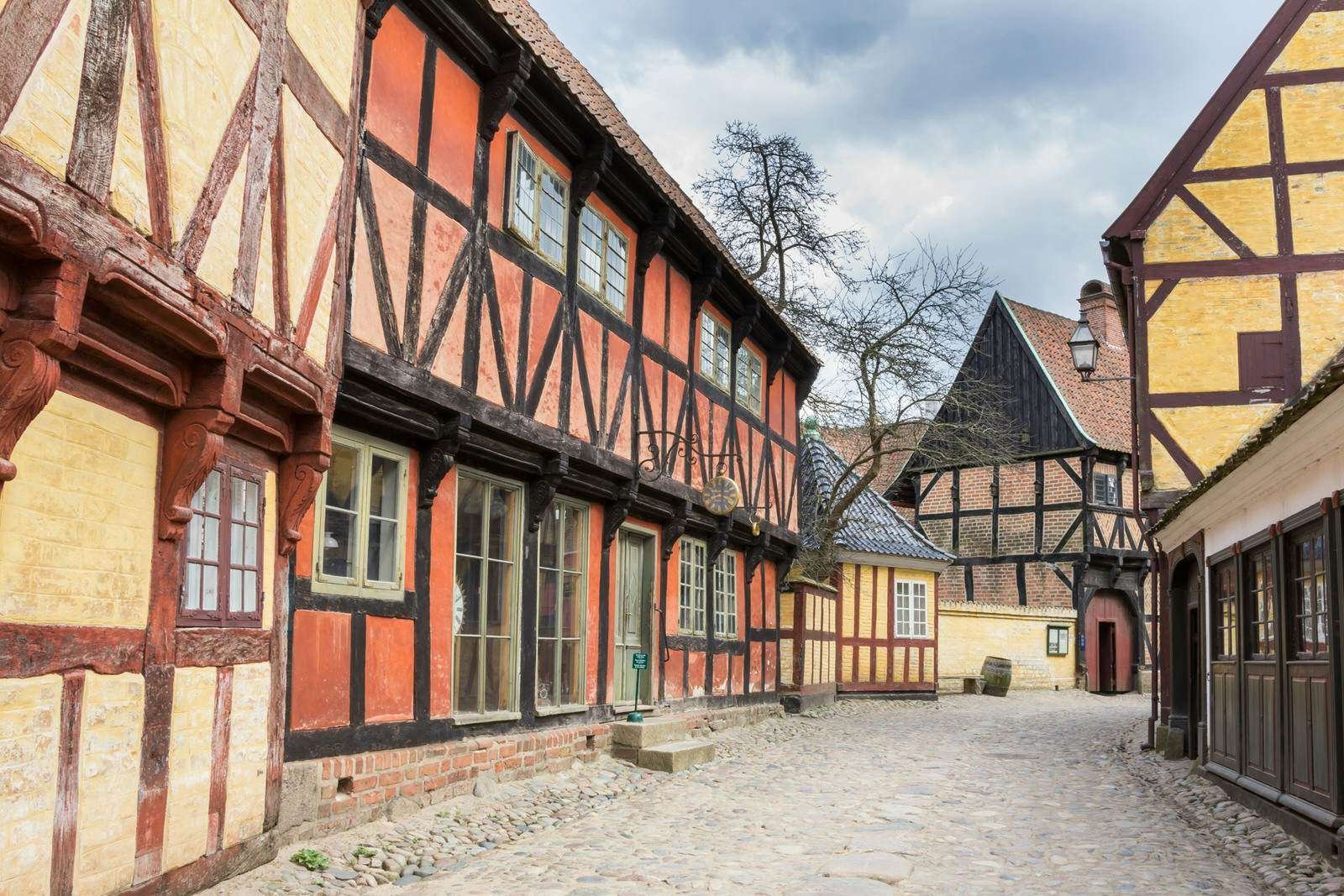
Den Gamle By (The Old Town)
🧠 Fact: An open-air museum showcasing Danish urban history with buildings from the 16th century onwards.
💡 Tip: Engage with costumed interpreters to immerse yourself in historical daily life.
Info - Den Gamle By in Aarhus is an open-air museum recreating Danish urban life from the 17th to 20th centuries. Set within cobbled streets and historic timber-framed houses, it offers immersive encounters with history, featuring period shops, homes, and workshops. Costumed interpreters demonstrate crafts and daily life from bygone eras. Seasonal markets, vintage cars, and old-school cinemas add to its nostalgic charm. It’s especially atmospheric at Christmas, with traditional decorations and festive treats. Den Gamle By’s rich, hands-on storytelling makes it one of Denmark’s most engaging cultural attractions for history lovers of all ages.
- 📍 Denmark, Aarhus
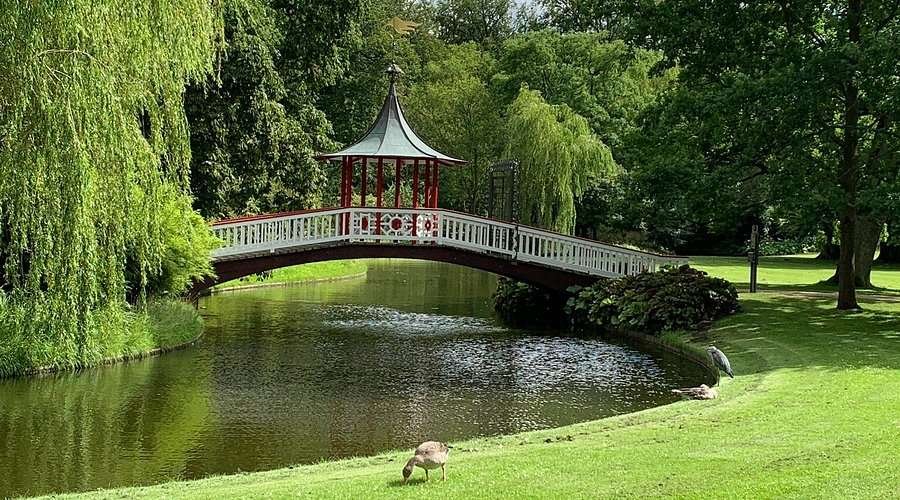
Frederiksberg Gardens
🧠 Fact: : Designed in Baroque style, the gardens are among the largest and most romantic in Copenhagen.
💡 Tip: : Rent a small rowboat on the canal during warmer months.
Info - Frederiksberg Gardens is a sprawling, romantic park surrounding Frederiksberg Palace in Copenhagen’s leafy Frederiksberg district. Created in the 18th century, it features winding canals, ancient trees, classical statues, and charming bridges. Locals flock here for picnics, rowing boat rides, and strolls to the Chinese Pavilion and waterfall grotto. One of the park’s highlights is the view of Copenhagen Zoo’s elephant enclosure from a public footpath. With its blend of royal history, serene landscapes, and family-friendly atmosphere, Frederiksberg Gardens offers a tranquil retreat just minutes from the city center.
- 📍 Denmark, Copenhagen
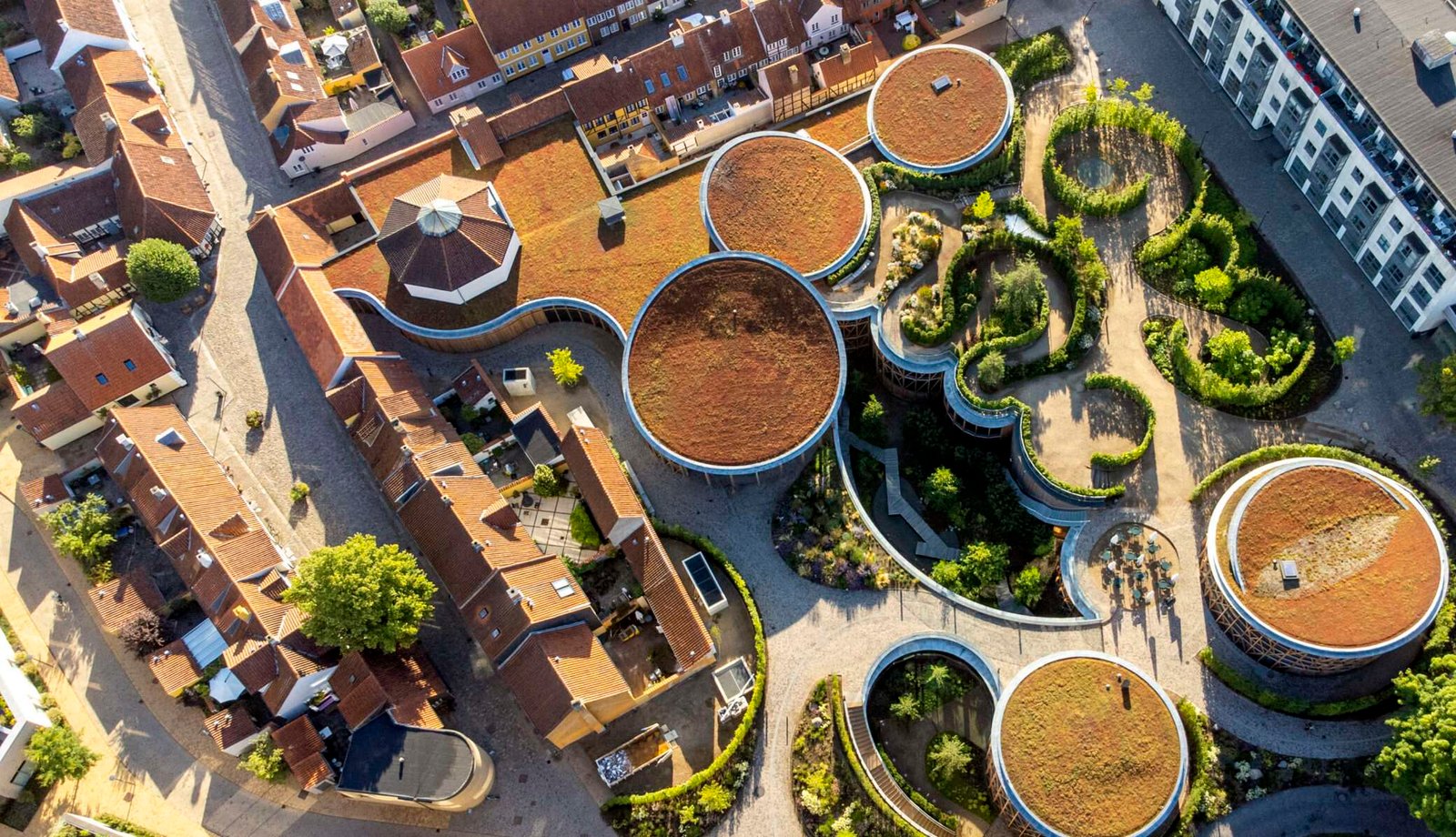
Hans Christian Andersen Museum
🧠 Fact: Dedicated to the famous fairy tale author, featuring exhibits on his life and works.
💡 Tip: Combine your visit with a stroll through the nearby old town where Andersen was born
Info - Located in Odense, the Hans Christian Andersen Museum honors Denmark’s most famous storyteller. The museum’s immersive exhibitions explore Andersen’s life, creative process, and timeless fairy tales through interactive displays, manuscripts, and personal artifacts. A striking new museum building, designed by Japanese architect Kengo Kuma, blends gardens and galleries in a storybook-like setting. Visitors step inside scenes from “The Little Mermaid,” “The Snow Queen,” and other classics, experiencing the imagination that shaped world literature. Odense’s cobbled streets and half-timbered houses, where Andersen grew up, provide a fittingly magical backdrop for this literary pilgrimage.
- 📍 Denmark, Odense
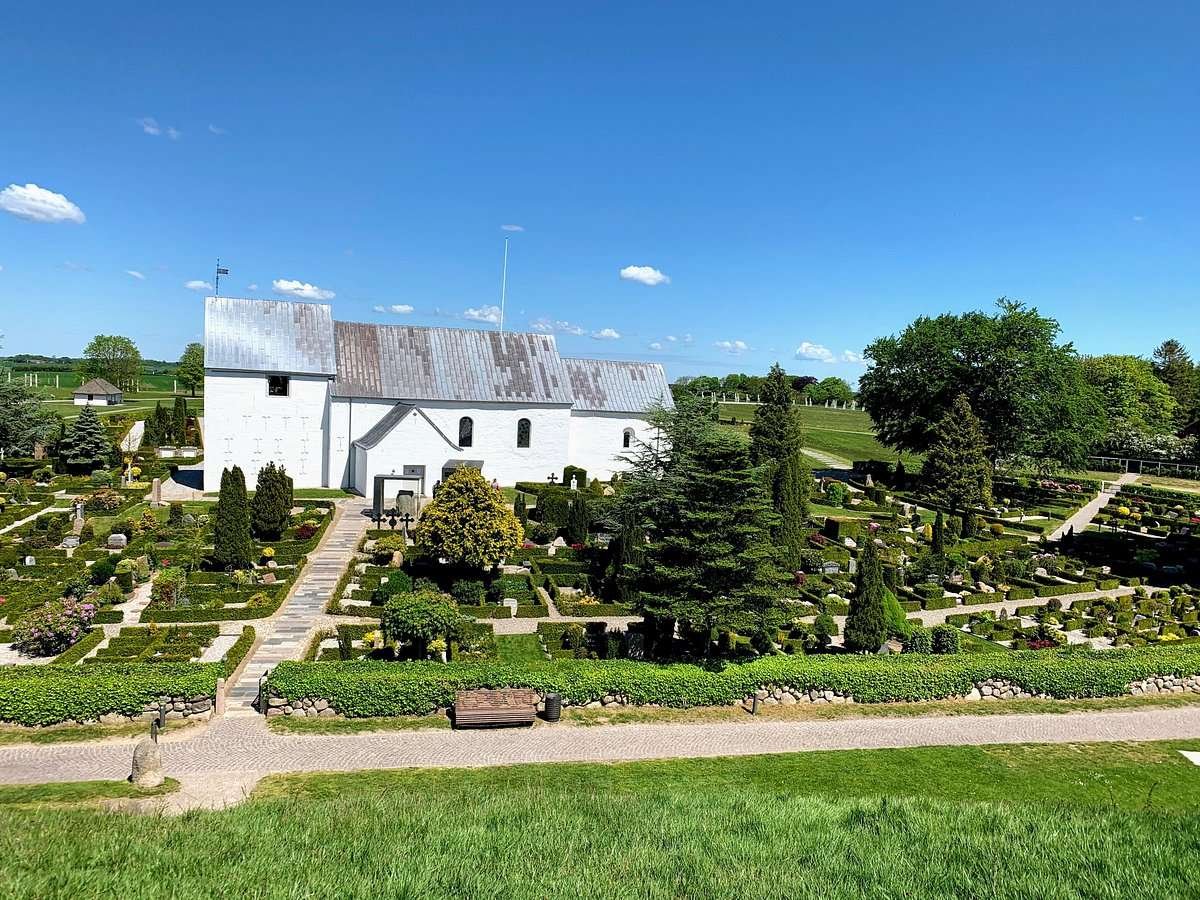
Jelling Church
🧠 Fact: Built in the 11th century, it stands on the site of earlier wooden churches.
💡 Tip: Explore the churchyard to see the ancient burial mounds up close.
Info - Standing at the heart of the historic Jelling complex, Jelling Church is a simple yet historically significant whitewashed church built in the 12th century. It marks the site where Denmark’s first Christian church was erected by King Harald Bluetooth. The current Romanesque building, built atop its wooden predecessor, is flanked by the famous rune stones and burial mounds. Inside, ancient stonework and decorative frescoes preserve medieval craftsmanship, while outside, the church’s peaceful graveyard complements the ancient Viking history surrounding it. It’s a serene and sacred stop in Denmark’s national story.
- 📍 Denmark, JElling
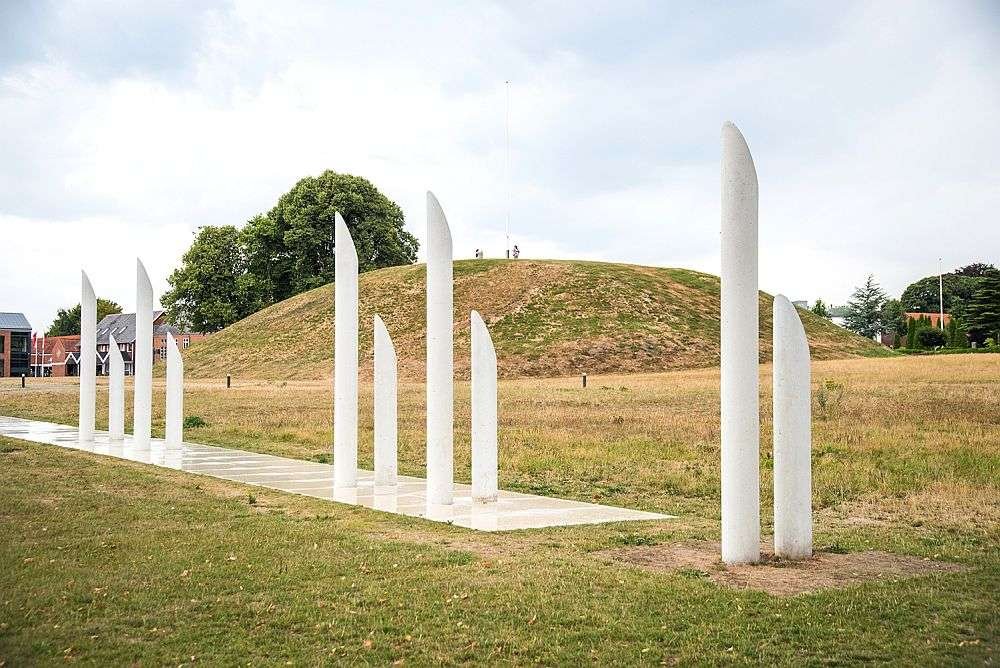
Jelling Monuments (UNESCO World Heritage Site)
🧠 Fact: Features two massive runestones erected by Viking kings Gorm the Old and Harald Bluetooth.
💡 Tip: Visit the site at dusk to see the monuments beautifully illuminated.
Info - The Jelling Monuments are among Denmark’s most significant Viking-era landmarks and a designated UNESCO World Heritage Site. Dating back to the 10th century, they include two massive burial mounds and runic stones erected by King Gorm the Old and his son Harald Bluetooth, who famously converted Denmark to Christianity. The largest rune stone is often called “Denmark’s birth certificate” for its inscription declaring Harald’s achievements. Surrounded by ancient churchyards and palisade markings, the site embodies the transition from paganism to Christianity. It’s a moving testament to Denmark’s early nationhood and Viking heritage.
- 📍 Denmark, JElling
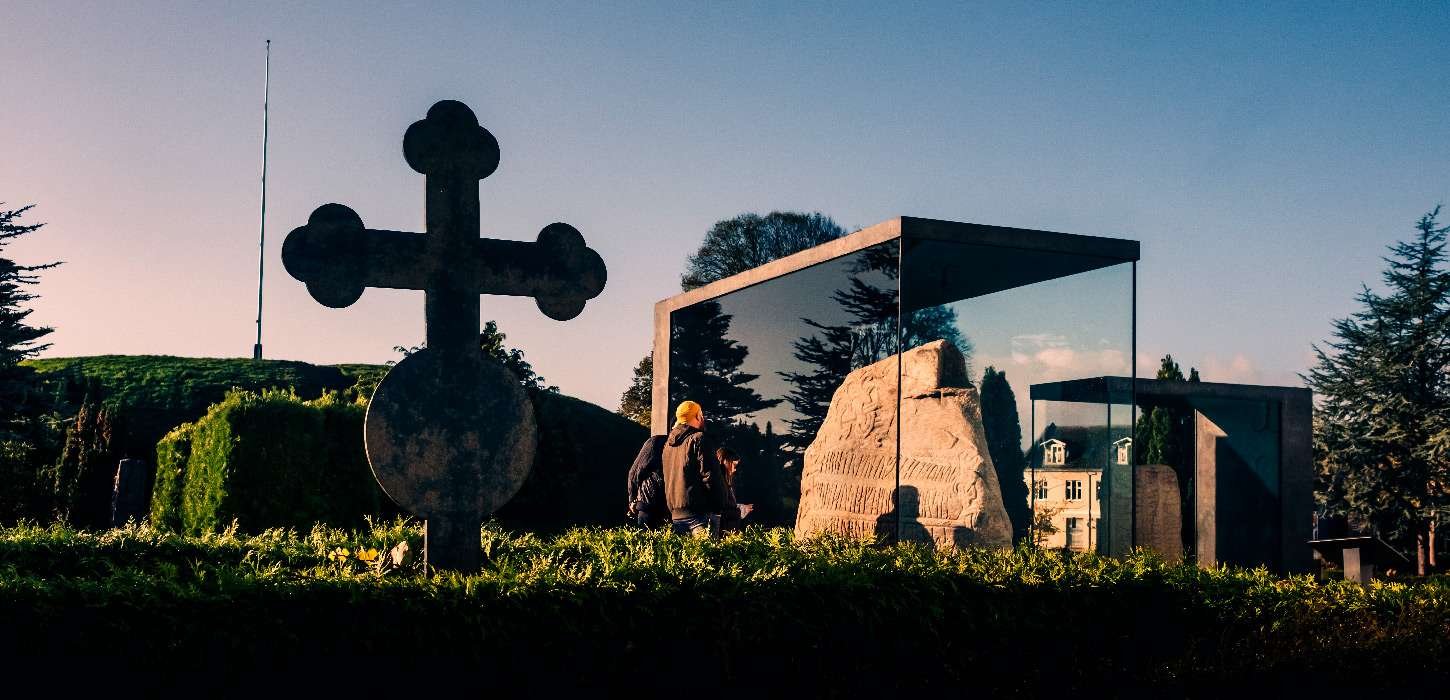
Kongernes Jelling (Home of the Viking Kings)
🧠 Fact: An interactive experience center detailing Viking history and Denmark's royal lineage.
💡 Tip: Utilize the rooftop viewing platform for a comprehensive view of the monument area.
Info - Kongernes Jelling is a modern visitor center at the Jelling Monuments site, offering a fascinating interactive experience about Denmark’s Viking kings and early history. Through multimedia exhibits, 3D animations, and archaeological displays, visitors learn about King Gorm the Old and Harald Bluetooth’s reign, the unification of Denmark, and the country’s conversion to Christianity. A glass viewing platform provides aerial views of the burial mounds and rune stones. The museum’s dynamic storytelling and state-of-the-art design make it a must-visit for anyone interested in Viking culture and Denmark’s royal origins.
- 📍 Denmark, JElling
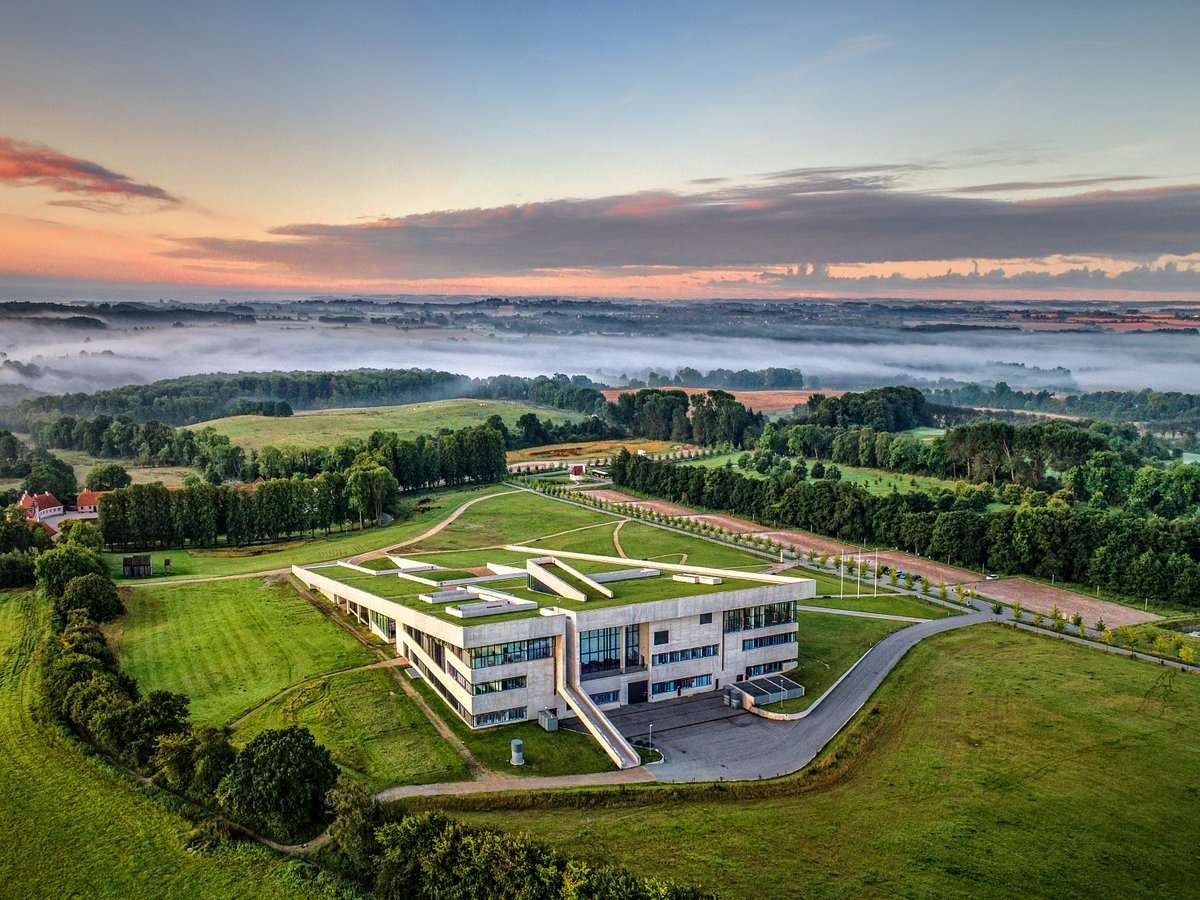
Moesgaard Museum
🧠 Fact: Houses the well-preserved Grauballe Man, a bog body from the Iron Age.
💡 Tip: Explore the surrounding forest trails for a blend of nature and history.
Info - Moesgaard Museum near Aarhus offers an immersive journey through archaeology and anthropology, housed in a striking modern building set into a grassy hillside. The museum’s interactive exhibits cover prehistoric Denmark, ancient civilizations, and Viking history. Highlights include the Grauballe Man, a remarkably preserved Iron Age bog body. Multimedia displays and reconstructed environments bring past societies to life, while the museum’s hilltop location provides beautiful woodland walks and sea views. Moesgaard’s combination of cutting-edge design, academic depth, and visitor-friendly storytelling makes it one of Denmark’s most celebrated cultural institutions.
- 📍 Denmark, Aarhus
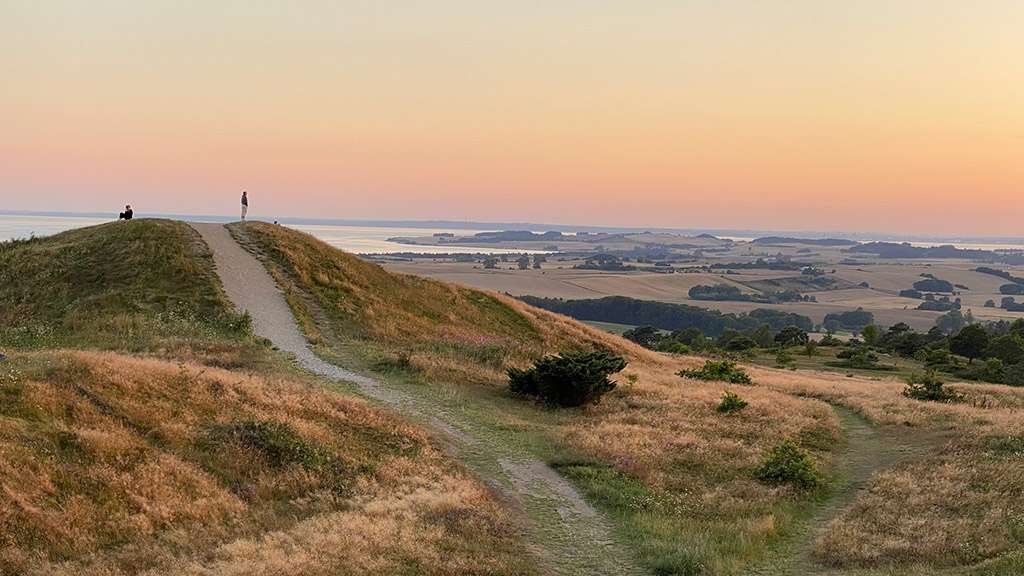
Mols Bjerge National Park
🧠 Fact: : A diverse landscape of rolling hills, forests, and coastal areas, ideal for hiking and wildlife observation.
💡 Tip: Hike the 80 km Mols Bjerge Trail for a comprehensive experience of the park's natural beauty
Info - Mols Bjerge National Park in Djursland is a serene expanse of rolling hills, ancient woodlands, and coastal meadows. Its name means “Mols Hills,” and the park is known for its glacially formed landscapes, including towering ridges and hidden lakes. Popular for hiking, cycling, and horseback riding, the park offers trails past Bronze Age burial mounds and charming villages. Wildlife like deer and rare butterflies roam freely. Ebeltoft, a nearby coastal town, provides quaint cafés and historic buildings. Mols Bjerge is a haven for outdoor enthusiasts seeking peaceful nature, panoramic views, and Denmark’s rich natural heritage.
- 📍 Denmark, Central Jutland
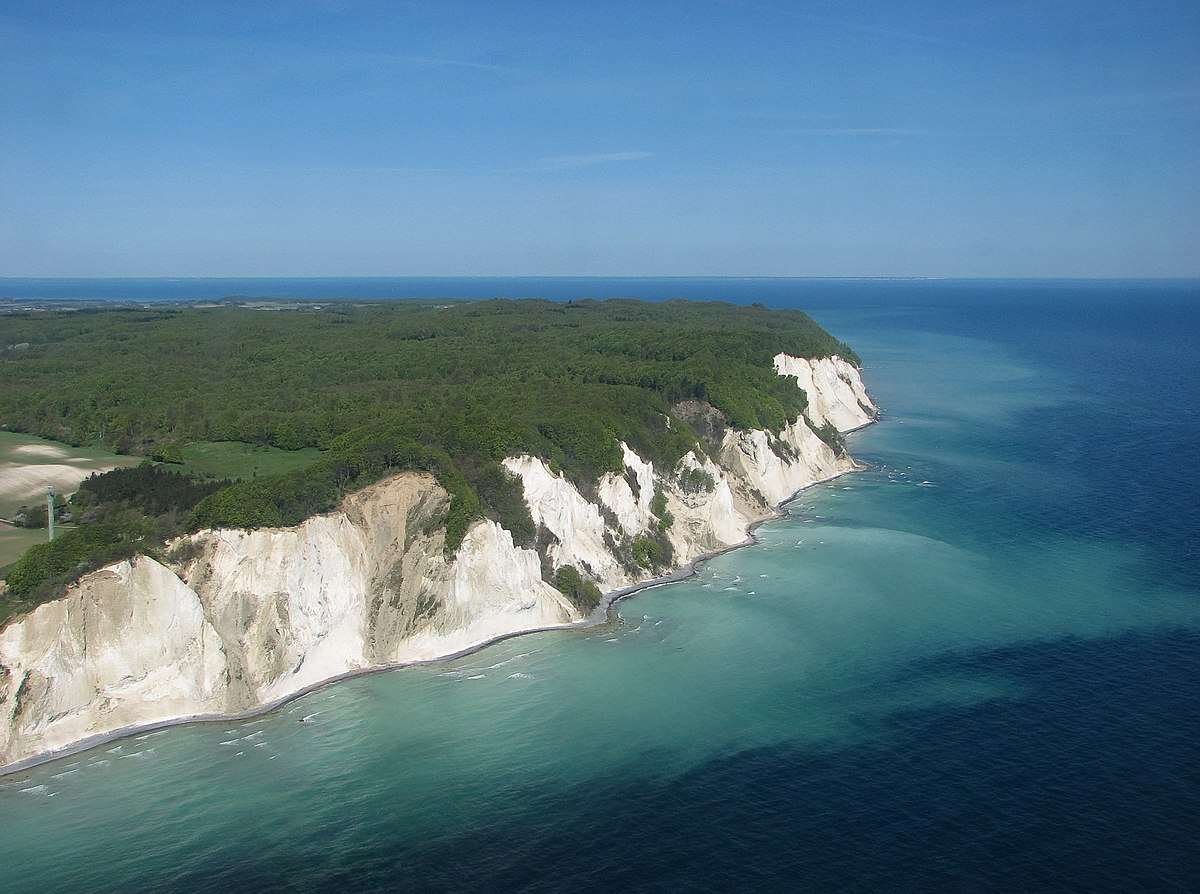
Møns Klint
🧠 Fact: : Towering white chalk cliffs stretching over 6 km, offering stunning views over the Baltic Sea.
💡 Tip: : Visit the GeoCenter Møns Klint for interactive exhibits and guided fossil hunts.
Info - Møns Klint is one of Denmark’s most breathtaking natural wonders — towering white chalk cliffs rising 128 meters above the Baltic Sea. Stretching 6 kilometers along the island of Møn’s eastern coast, the cliffs offer dramatic views, fossil-studded beaches, and lush beech forests. Visitors can descend steep staircases to pebbled shores or hike cliff-top trails through the UNESCO-listed Dark Sky Park. The GeoCenter Møns Klint museum explains the area’s geological history. Popular for hiking, paragliding, and stargazing, Møns Klint is a must-visit for nature lovers and one of Denmark’s most photogenic landscapes.
- 📍 Denmark, Island of Møn, South Zealand
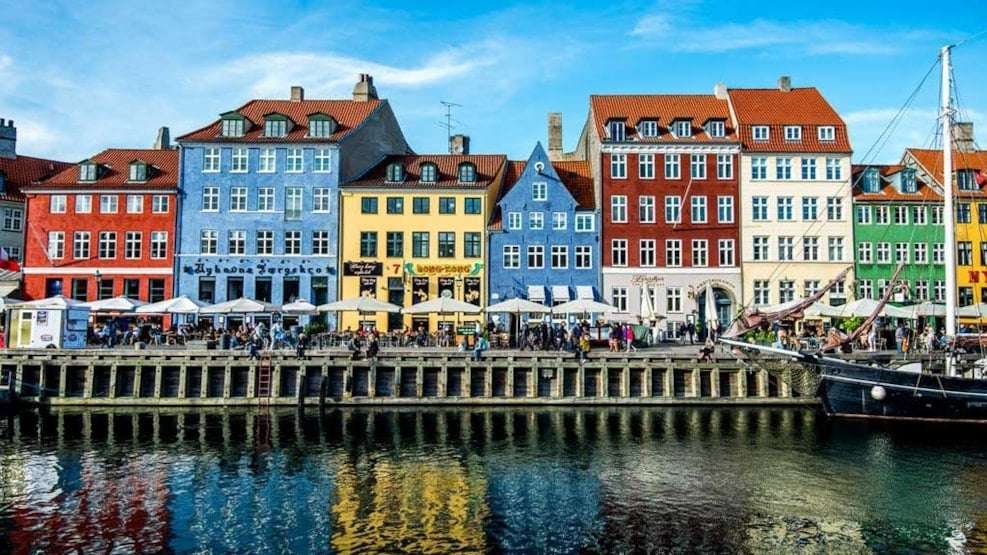
Nyhavn Canal
🧠 Fact: Once a busy commercial port, it's now a colorful waterfront lined with bars and restaurants.
💡 Tip: Take a boat tour from Nyhavn to explore the city from the water.
Info - Nyhavn is Copenhagen’s most photogenic waterfront, known for its colorful 17th-century townhouses, docked wooden ships, and lively cafés. Once a gritty sailor’s district, it’s now a top spot for dining, people-watching, and canal tours. Famed Danish author Hans Christian Andersen lived here in three different houses. Visitors stroll its cobblestone quays, savor open-faced sandwiches and local beer, and enjoy live jazz in summer. Nyhavn’s vibrant buildings reflect beautifully in the canal’s waters, especially at sunset. Its blend of maritime history, charming views, and social energy makes Nyhavn one of Denmark’s best-loved urban spaces.
- 📍 Denmark, Copenhagen
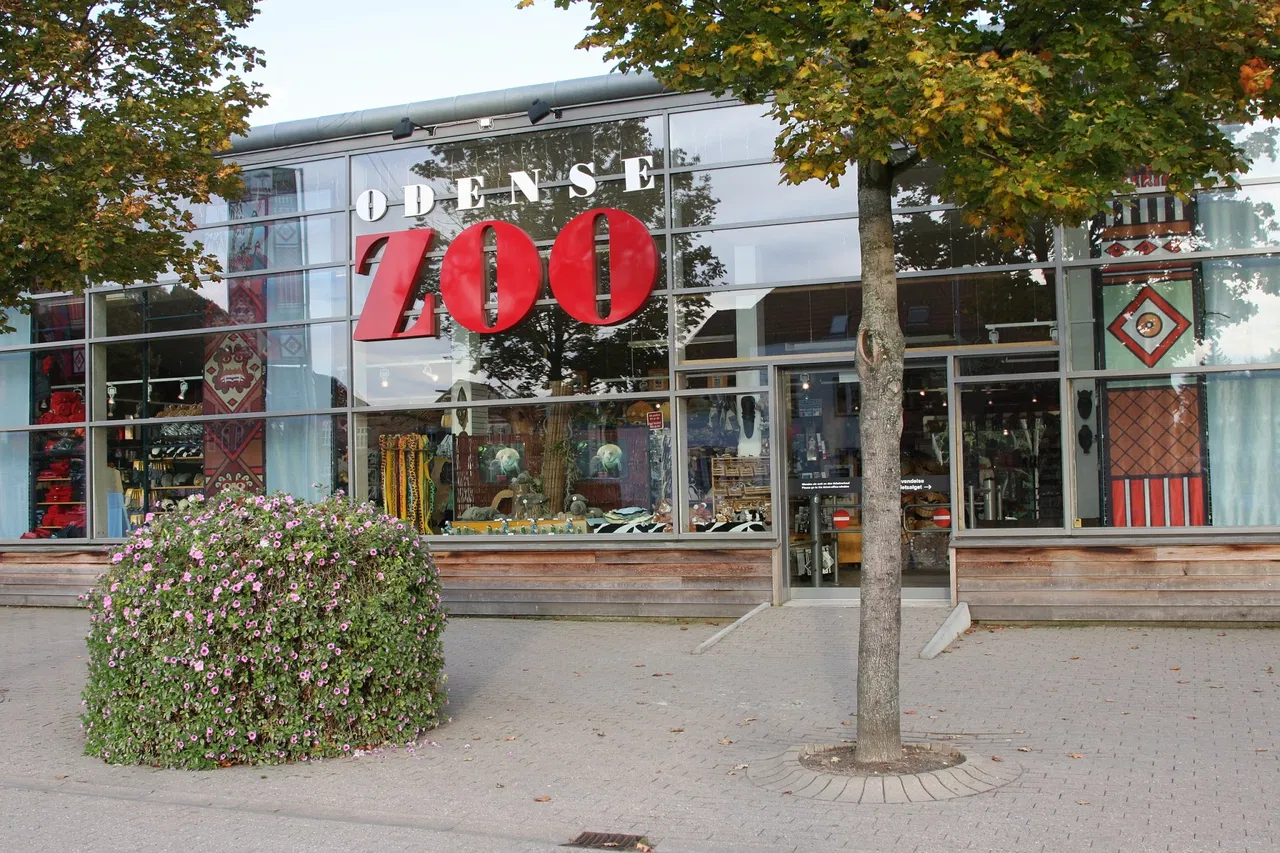
Odense Zoo
🧠 Fact: : Home to over 2,000 animals from around the world, including rare species.
💡 Tip: Check the feeding schedule to catch interactive sessions.
Info - Odense Zoo is one of Denmark’s top family attractions, renowned for its diverse animal habitats and beautiful park-like setting. Home to over 2,000 animals from around the world, the zoo features themed areas like the Arctic Ring, where visitors can watch polar bears swim underwater, and a lush South American rainforest enclosure. Educational exhibits and interactive feeding sessions make it especially popular with children. Open year-round, Odense Zoo’s thoughtful design and conservation focus have earned it international recognition, offering a fun, engaging day out surrounded by wildlife and nature in the heart of Odense.
- 📍 Denmark, Odense
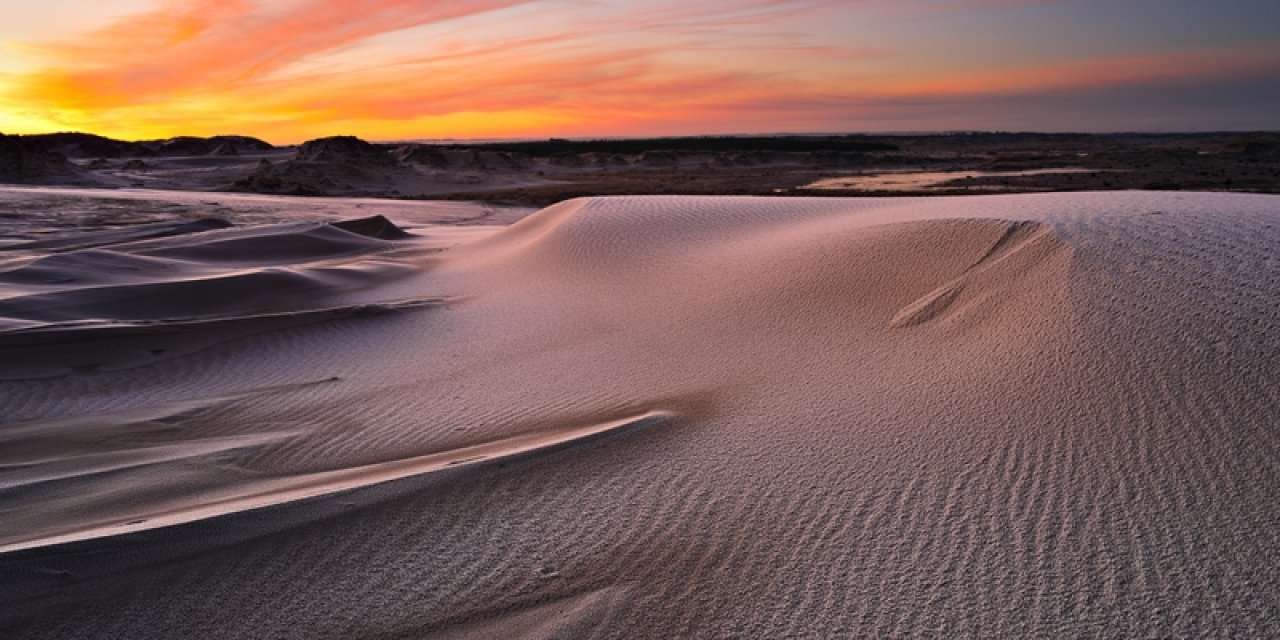
Råbjerg Mile
🧠 Fact: : The largest migrating dune in Northern Europe, covering approximately 2 km² and moving up to 15 meters annually.
💡 Tip: Visit during sunrise or sunset for breathtaking views and photography opportunities.
Info - Råbjerg Mile is Denmark’s largest migrating sand dune, a surreal desert-like landscape near Skagen. Covering nearly 2 square kilometers, this vast dune moves around 15 meters annually, gradually engulfing trees and farmland. Visitors can climb its soft, golden sands for panoramic views of the flat North Jutland coast and nearby heathlands. The ever-changing shape of Råbjerg Mile makes each visit unique. Its windswept ridges and striking solitude offer a rare, natural experience in Denmark’s typically green scenery — a favorite spot for hikers, photographers, and anyone seeking a dramatic northern European landscape.
- 📍 Denmark, Near Skagen, North Jutland
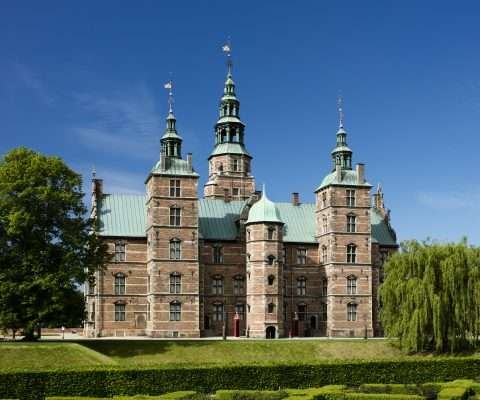
Rosenborg Castle
🧠 Fact: The castle houses the Danish crown jewels and royal regalia.
💡 Tip: Arrive early to avoid crowds, especially in the summer.
Info - Rosenborg Castle, a Dutch Renaissance masterpiece, was built by King Christian IV in the early 17th century as a royal pleasure palace. Set in Copenhagen’s lush King’s Garden, the castle houses Denmark’s royal regalia and crown jewels. Visitors can tour opulent rooms filled with baroque art, period furniture, and personal artifacts of Danish monarchs. Highlights include the Knights’ Hall, famous for its coronation thrones guarded by silver lions. The surrounding gardens are popular for picnics and strolls. Rosenborg’s fairy-tale turrets and rich royal history make it one of Copenhagen’s most atmospheric landmarks.
- 📍 Denmark, Copenhagen
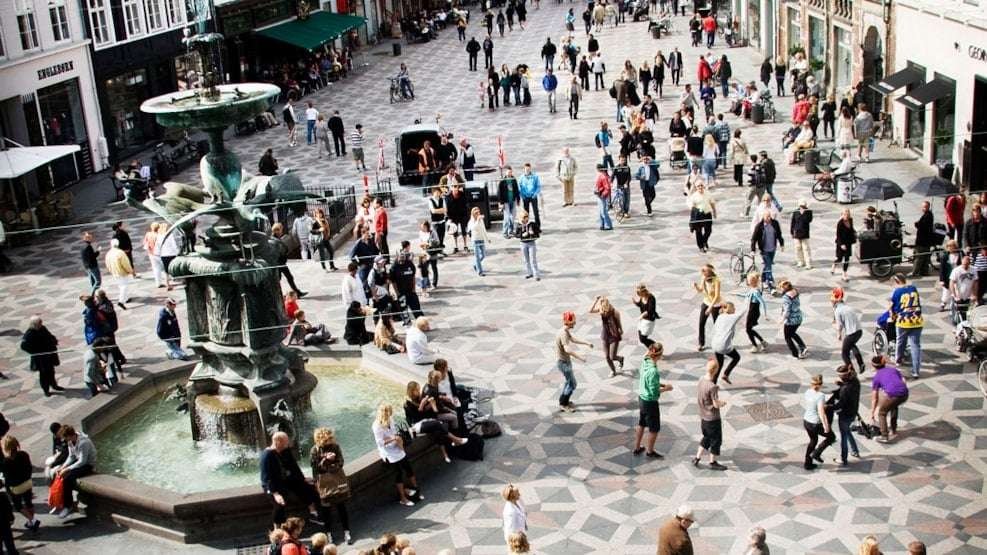
Strøget Shopping Street
🧠 Fact: One of Europe's longest pedestrian streets, perfect for shopping and people-watching.
💡 Tip: Check out nearby hidden courtyards and local boutiques off the main strip.
Info - Strøget is one of Europe’s longest pedestrian shopping streets, stretching 1.1 kilometers through the heart of Copenhagen. Lined with international brands, independent boutiques, and atmospheric squares, it’s a shopper’s paradise and lively urban hangout. From luxury labels in the upscale section near Kongens Nytorv to quirky shops and street performers at Rådhuspladsen, Strøget offers variety for every taste. Along the way, visitors discover charming side streets with cafés, chocolatiers, and historic landmarks. Whether browsing high-end fashion or soaking up Copenhagen’s bustling street life, Strøget remains a must-visit artery in the city’s social and shopping scene.
- 📍 Denmark, Copenhagen
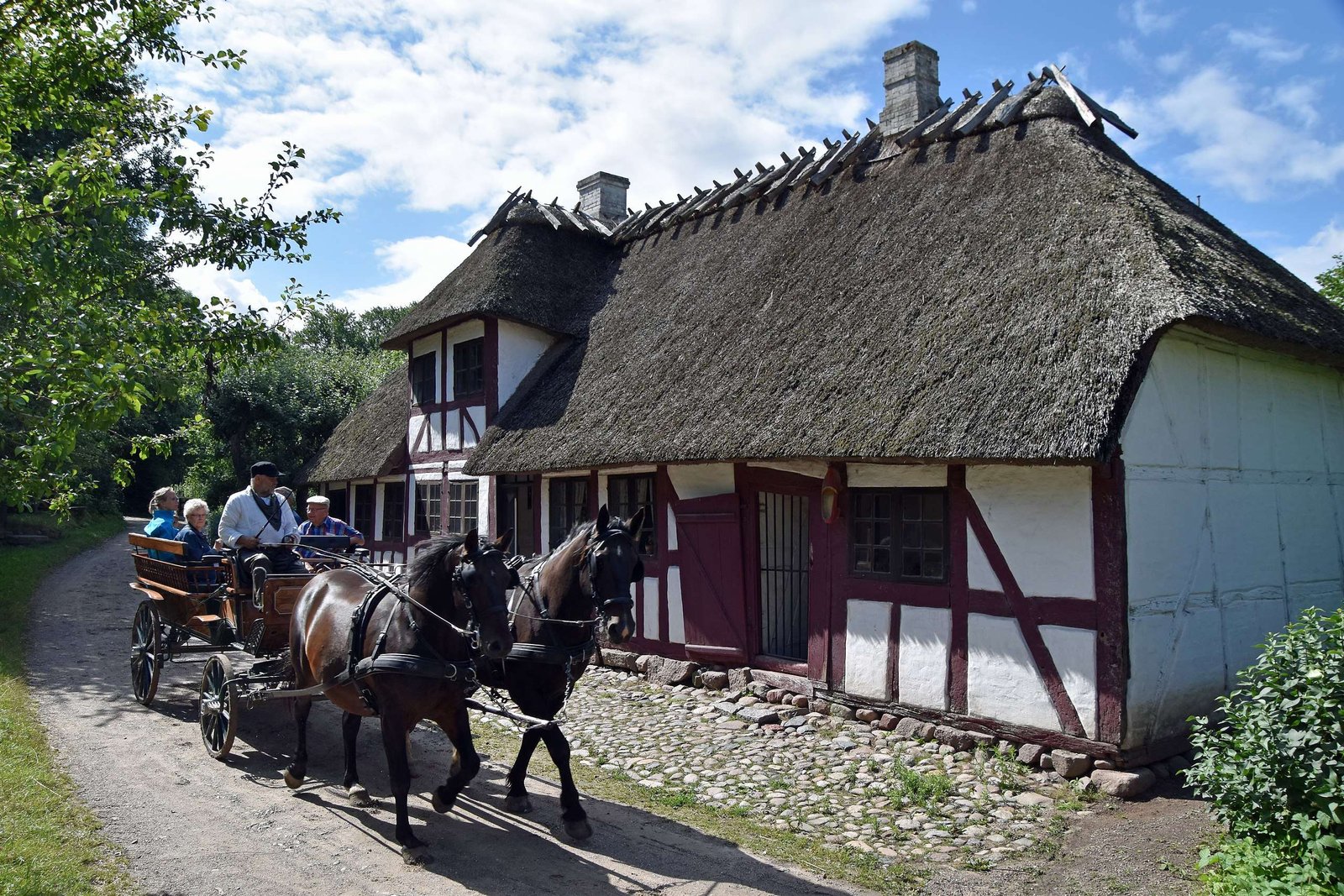
The Funen Village (Den Fynske Landsby)
🧠 Fact: An open-air museum depicting rural life in the 18th and 19th centuries.
💡 Tip: Participate in traditional crafts and activities during special events.
Info - The Funen Village is an open-air museum in Odense that transports visitors to rural 19th-century Denmark. Set among scenic countryside, the village comprises original, relocated farmhouses, workshops, and windmills. Costumed guides demonstrate traditional crafts like pottery, weaving, and butter-churning, while farm animals roam the grounds. Seasonal festivals, markets, and old-fashioned games add to its nostalgic charm. It’s a living history experience perfect for families and history lovers, providing a vivid, hands-on look at the customs and daily life of Denmark’s past in a peaceful, authentic setting.
- 📍 Denmark, Odense
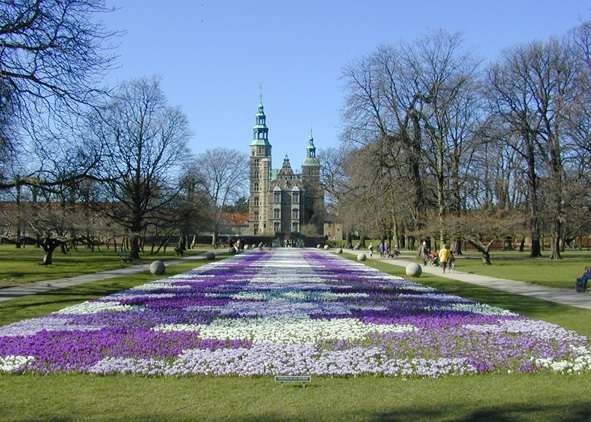
The King’s Garden (Kongens Have)
🧠 Fact: Established in the early 1600s, it's the oldest royal garden in Denmark.
💡 Tip: Perfect spot for a relaxing picnic or walk near Rosenborg Castle.
Info - The King’s Garden, known locally as Kongens Have, is Copenhagen’s oldest public park, dating back to the early 1600s. Surrounding Rosenborg Castle, the gardens are a beloved green space filled with manicured lawns, flowerbeds, and winding paths. Locals gather here for picnics, outdoor theatre performances, and sunbathing on warm days. The Renaissance-style layout includes tree-lined avenues, ornamental statues, and a charming rose garden. Highlights include the Hercules Pavilion and the fairytale-themed children’s playground. A peaceful oasis in the city center, The King’s Garden is perfect for relaxing amid royal history and seasonal blooms.
- 📍 Denmark, Copenhagen
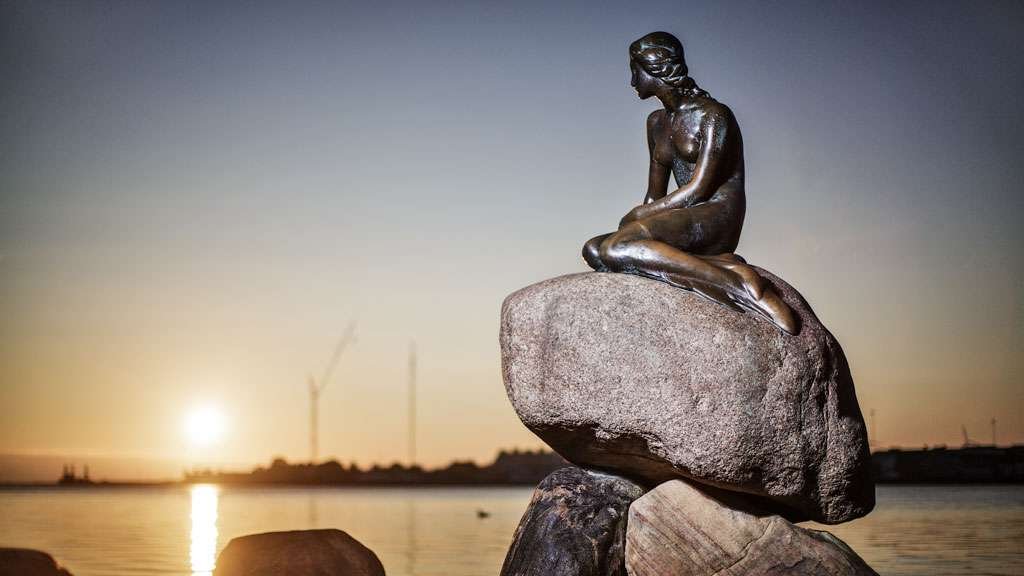
The Little Mermaid Statue
🧠 Fact: The statue is based on Hans Christian Andersen’s famous fairy tale and was unveiled in 1913.
💡 Tip: Visit early morning or late evening for fewer crowds.
Info - Copenhagen’s iconic Little Mermaid statue sits quietly on a rock by the Langelinie promenade. Inspired by Hans Christian Andersen’s beloved fairy tale, the bronze sculpture was created in 1913 by Edvard Eriksen. Though modest in size, it’s one of Denmark’s most visited landmarks. The statue symbolizes unrequited love and sacrifice, mirroring the mermaid’s story. While opinions on its size vary, its cultural significance is undeniable. Visitors often combine a stop here with walks along Copenhagen’s waterfront. Its simple elegance and enduring fairytale charm make it a symbol of the city’s literary and artistic heritage.
- 📍 Denmark, Copenhagen
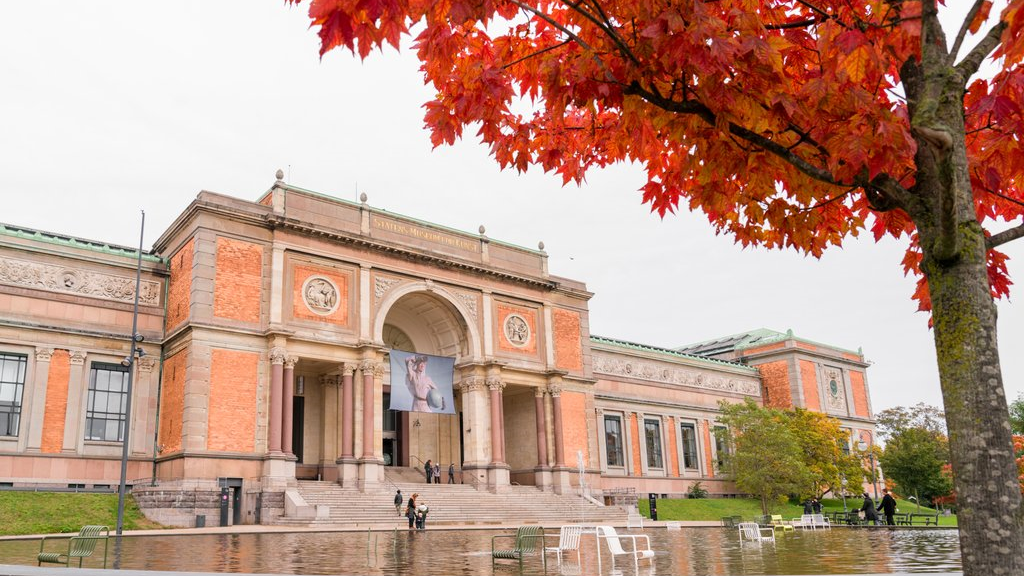
The National Gallery of Denmark (SMK)
🧠 Fact: The largest art museum in Denmark, home to works from Rembrandt to Matisse.
💡 Tip: Admission is free for the permanent exhibitions.
Info - The National Gallery of Denmark (Statens Museum for Kunst) is the country’s largest art museum, showcasing works from the 14th century to today. Located in central Copenhagen, SMK’s elegant galleries feature masterpieces by Matisse, Rubens, Rembrandt, and Danish Golden Age painters. Its modern wing houses contemporary installations and experimental exhibitions. The museum’s glass-roofed atrium and garden views offer a tranquil escape in the city. Regular workshops, concerts, and talks enhance its cultural appeal. For art lovers, SMK is a top-tier destination blending classical elegance with bold, modern creativity in a beautiful, light-filled setting.
- 📍 Denmark, Copenhagen
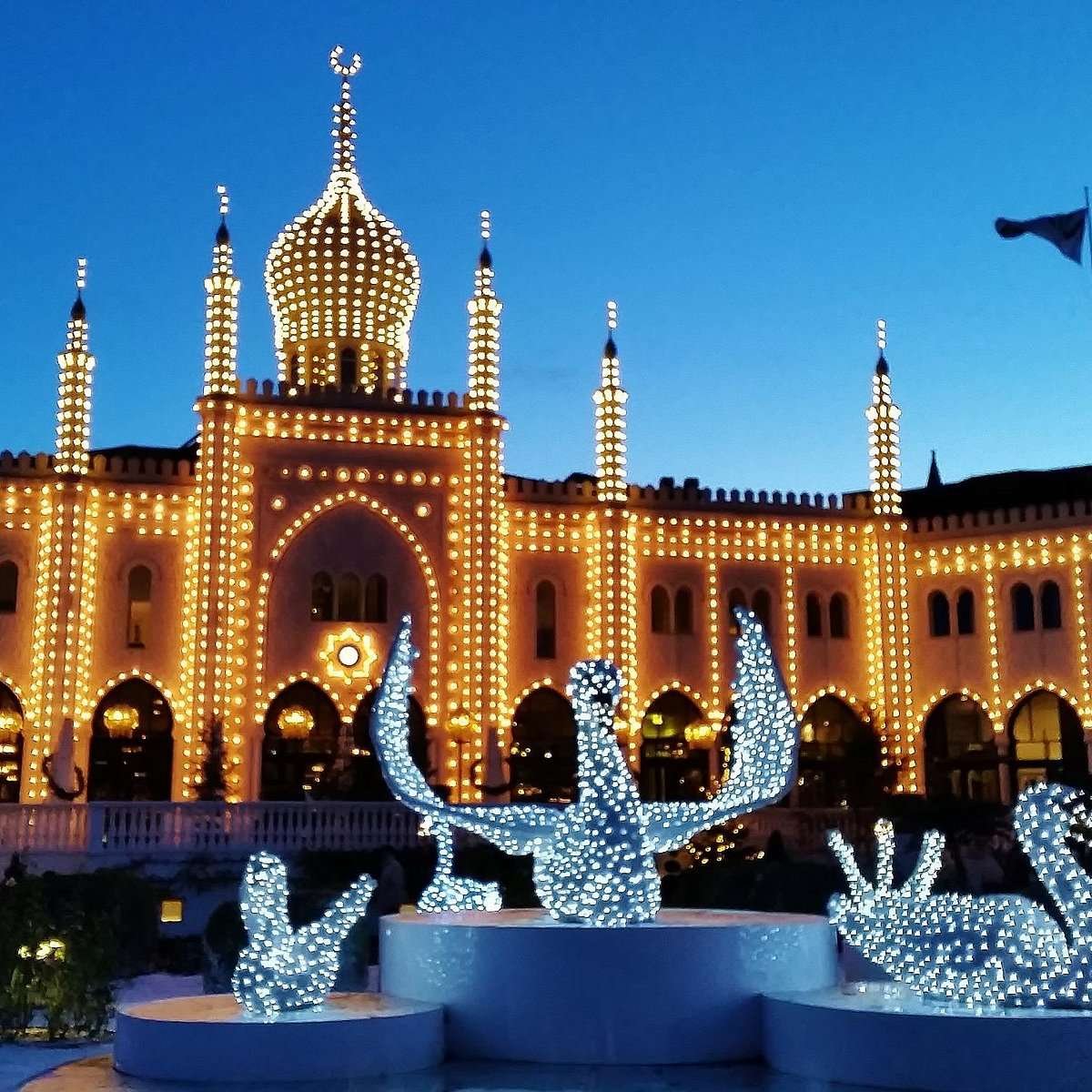
Tivoli Gardens
🧠 Fact: Opened in 1843, Tivoli Gardens is the third-oldest operating amusement park in the world.
💡 Tip: Visit in the evening to see the park illuminated with thousands of lights.
Info - A UNESCO World Heritage site, Wadden Sea National Park spans Denmark’s west coast, offering one of Europe’s most significant tidal ecosystems. The intertidal mudflats and salt marshes teem with wildlife, attracting millions of migratory birds annually. Visitors can join guided mudflat walks, witness massive starling murmurations (Black Sun), or spot seals lounging on sandbanks. The park’s landscape shifts dramatically with the tides, revealing mudflats, channels, and tidal islands. It’s a paradise for birdwatchers, nature photographers, and eco-tourists. Wadden Sea’s unique environment and natural spectacles make it a vital and captivating part of Denmark’s coastal identity.
- 📍 Denmark, Copenhagen
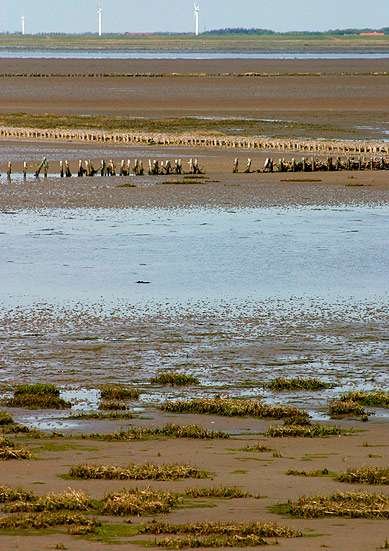
Wadden Sea National Park
🧠 Fact: : A UNESCO World Heritage site renowned for its tidal flats, rich biodiversity, and as a crucial stopover for migratory birds.
💡 Tip: : Join a guided mudflat walk or seal safari to fully appreciate the unique ecosystem.
Info -
- 📍 Denmark. Southwestern Jutland
